Prayer Only Goes So Far
Prayer. Its power is something a lot of people take for granted when something bad happens. People  pray for their god or gods to make things better when something bad happens. Or they pray to whatever wights and spirits in the hopes that things will improve. Prayer gives people a sense that they are doing something to change the situation. But, they’re not. Not really.
pray for their god or gods to make things better when something bad happens. Or they pray to whatever wights and spirits in the hopes that things will improve. Prayer gives people a sense that they are doing something to change the situation. But, they’re not. Not really.
The Wild Hunt Article
I was reading a Wild Hunt article about Native Americans and pagans “healing” the waters of Lake Okeechobee. Long story short, members of the Indigenous peoples and pagans there are walking around the entire length of the lake (the second largest freshwater lake in the contiguous US) and praying for the waters to heal, and hopefully forgive humans for causing the damage to the ecosystem.
Some Explanation Before I Continue
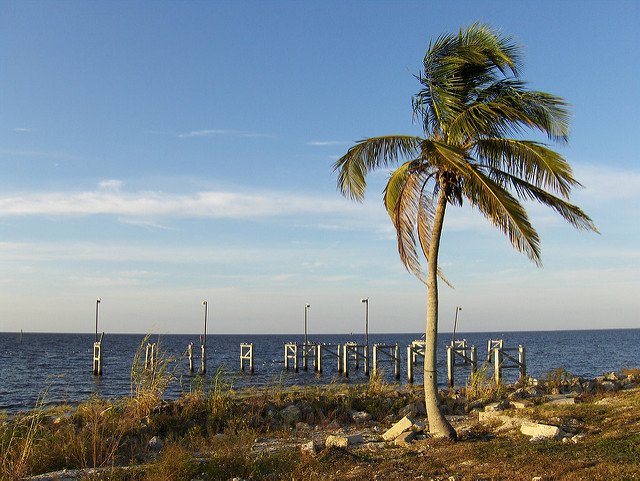 Now, before I get into my rant, let me first say that I have the utmost respect for the Native Americans. These people have been treated horribly–and are still being treated horribly–by the United States government. These people have, in many cases, been stripped of their culture, language, and religion, not to mention their freedom and their lives. Even into the 1950s and 1960s, children were being stolen from their parents, put in orphanages, and then sold to white people for a mere donation. I’ve known plenty of people with Native American ancestry and I respect them highly. What was done to their people is unconscionable.
Now, before I get into my rant, let me first say that I have the utmost respect for the Native Americans. These people have been treated horribly–and are still being treated horribly–by the United States government. These people have, in many cases, been stripped of their culture, language, and religion, not to mention their freedom and their lives. Even into the 1950s and 1960s, children were being stolen from their parents, put in orphanages, and then sold to white people for a mere donation. I’ve known plenty of people with Native American ancestry and I respect them highly. What was done to their people is unconscionable.
This post is not questioning whether their beliefs are “right” or “wrong,” but rather the methodology being used to “fix” the problem. The problem is quite real and it affects people, both Indigenous and those from other ancestry.
Continuing onward…
Lake Okeechobee and its Problems
Okay, I get that there’s a problem with Lake Okeechobee and the issues that arise from humans trying 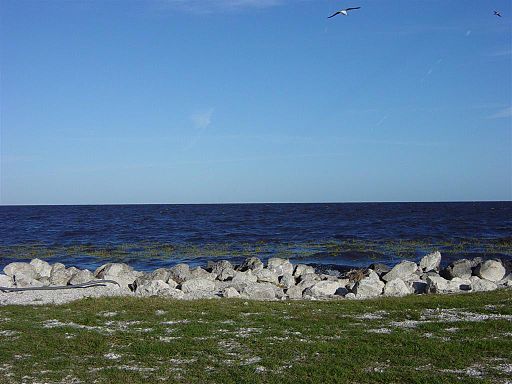 to control the lake’s waters. The lake, from what I understand, has a containment ring and its waters are only allowed out through canals into the sugarcane fields of the Everglades Agricultural Area. As a result, the lake is prone to flooding and toxic algae blooms. The water seeps into the ground, adding arsenic to the aquifers from agriculture. Not good.
to control the lake’s waters. The lake, from what I understand, has a containment ring and its waters are only allowed out through canals into the sugarcane fields of the Everglades Agricultural Area. As a result, the lake is prone to flooding and toxic algae blooms. The water seeps into the ground, adding arsenic to the aquifers from agriculture. Not good.
Naturally there is a lot of concern. Algae blooms kill wildlife and make the lake inhospitable to humans. The blooms, if they get out through flooding, cause havoc with the local ecosystem as well as life in the ocean, if it makes it there. You can guess the issue with the arsenic. Basically, none of it is cool.
Prayers and Pleas
Now, I’m not going to say that people shouldn’t pray to the lake’s spirit. But reading the article it suggests that humans are going to start healing the waters by praying to the spirit and asking forgiveness.
Seriously, people?
Okay, let me remind you all that the gods and wights are not your bitches and that prayer only goes so far. If you want to spend a week walking along the lake and saying prayers, that’s nice, but you’re really not doing much. It’s human hubris to think that the wights there would listen without some type of established rapport. And even if they did listen, what exactly would they think about someone saying they’re sorry?
let me remind you all that the gods and wights are not your bitches and that prayer only goes so far. If you want to spend a week walking along the lake and saying prayers, that’s nice, but you’re really not doing much. It’s human hubris to think that the wights there would listen without some type of established rapport. And even if they did listen, what exactly would they think about someone saying they’re sorry?
It’s like locking someone in a room and feeding them toxic bread and water occasionally. And then, someone comes in who looks a lot like their captors and ask for forgiveness. If you were the wight in that situation, would you respond positively? I think not.
How a Wight Might Respond
Now, obviously I don’t know the wights or the spirits of that lake. But knowing how wights react out West, and seeing the general reaction of the spirit of the lake (algae blooms, floods, etc), I can pretty much guess that the apology won’t go very far, if anywhere. You see, the problem hasn’t changed for the lake, and the lake isn’t getting the help it needs. Forty or so pagans and Native Americans praying aren’t going to make a difference to its problems. The only thing that it will respond positively to is returning it to some semblance of a natural state.
Prayer Doesn’t Work, According to Science
Now, if you point out to me that the real intention is to call attention to the problem with their prayer  walk, I’d agree with you. It’s a good media promotion and one that will work given the nature of the situation. (Pardon the pun.) But prayer only goes so far, and if you believe the atheists, prayer really doesn’t do shit to improve anything. To a certain degree, they’re spot on. A real, double-blind scientific study suggests that intercessory prayer doesn’t work and may actually make things worse. (Talk about a twist.)
walk, I’d agree with you. It’s a good media promotion and one that will work given the nature of the situation. (Pardon the pun.) But prayer only goes so far, and if you believe the atheists, prayer really doesn’t do shit to improve anything. To a certain degree, they’re spot on. A real, double-blind scientific study suggests that intercessory prayer doesn’t work and may actually make things worse. (Talk about a twist.)
Now, we can argue that they were praying to a Christian god, but we really don’t know that for certain. (Although it’s a pretty sure bet that they were.) And we can argue that in that case, the people were asking a god for an outcome, and not just talking to the god. Fair enough. I concede that point. But how is this different than thinking your prayers can heal the lake wight? If they are praying to the wight, wouldn’t the wight be able to heal itself, if it could? If they’re praying for a deity to heal the wight, how is this different than the intercessory prayer?
What DOES Work
Prayer is nice, but it doesn’t do the heavy lifting here. Action, that is repairing the physical damage done to the lake, does work. Look, I live in the West where there are tons of Superfund sites, caused by past damage to the environment by mining, logging, and yes, damming rivers and lakes. People deal with arsenic and heavy metals in their water, asbestos in the top soil, floods, radon gas in their homes, mudslides, erosion, and widespread wildfires because of past insults to the environment. The environment responds in ways that it can only respond, given the rules set forth by the laws of physics. To expect anything different is foolhardy, at best. And yet, people pray for divine intercession to problems that humans have caused.
It doesn’t take a rocket scientist to figure this out. I get that those who don’t have the power to get the clean up done feel powerless and use prayer as a way to assuage their guilt, hopeless feelings, or whatever. But don’t tell me you’re going to heal the lake through prayer. That sounds remarkably Christian, and it provides a band-aid when you’ve cut a femoral artery.


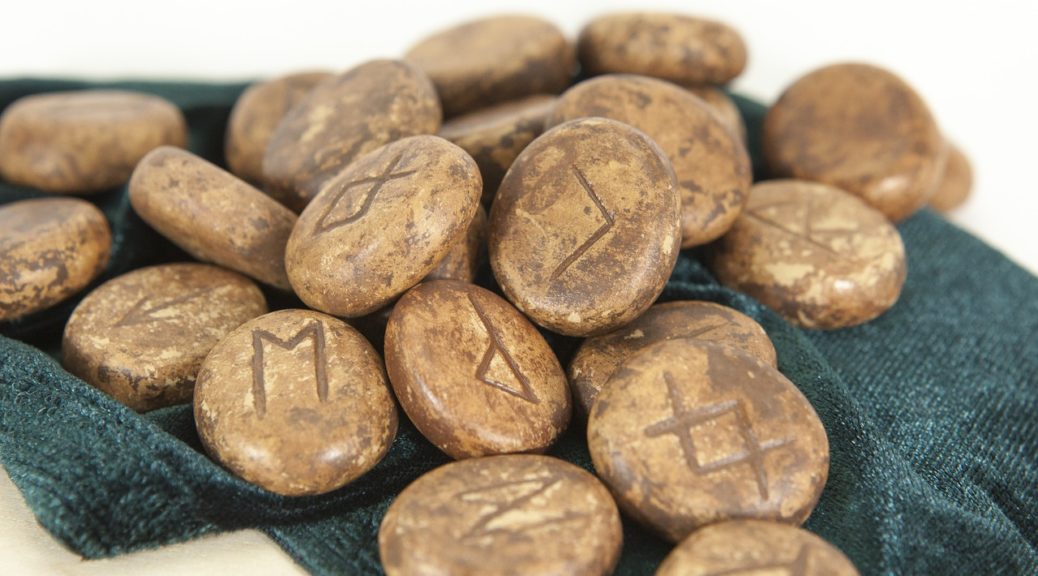
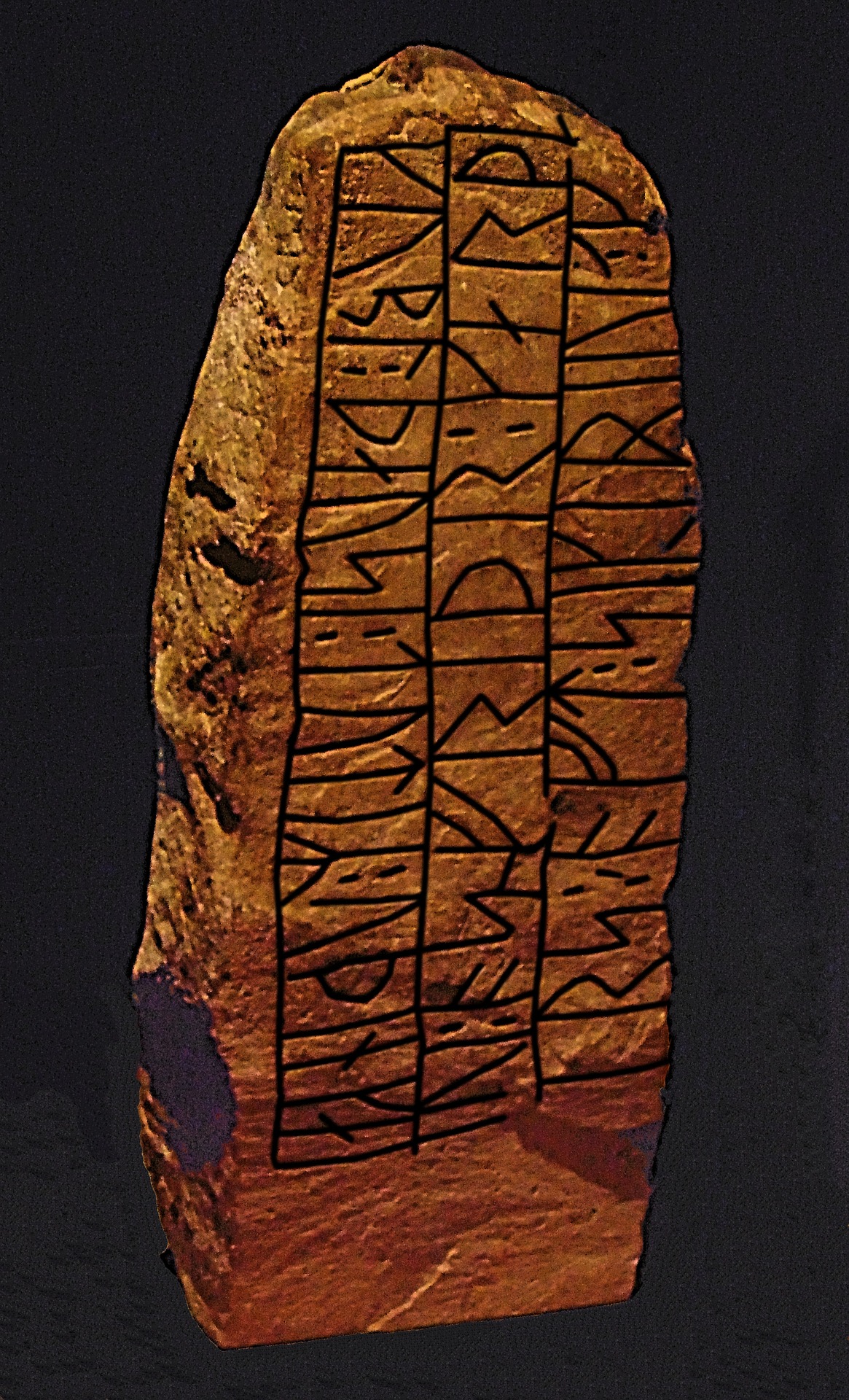 Runes — and writing, for that matter — is the human attempt at establishing immortality in a very mortal world. Look at the runic inscriptions we have from our ancestors: they talk about deeds, imbue power into weapons, mark the existence of a person, keep track of goods, or give us a magical formula of some sort.
Runes — and writing, for that matter — is the human attempt at establishing immortality in a very mortal world. Look at the runic inscriptions we have from our ancestors: they talk about deeds, imbue power into weapons, mark the existence of a person, keep track of goods, or give us a magical formula of some sort.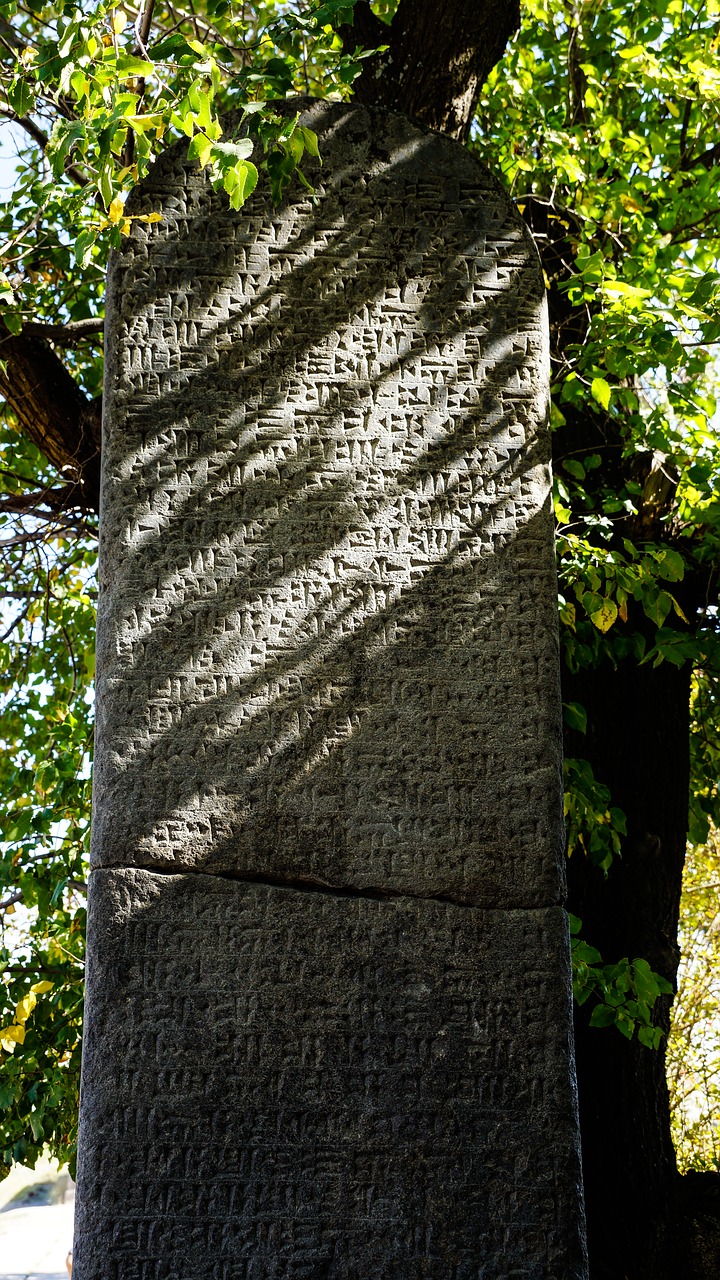 forego that avoidance. Writing, itself, is magical. Think about it. We can convey our thoughts, stories, feelings, and beliefs to people we have never met. To people whom we will never meet. This power is something we take for granted now, but writing has really only been around for a little over 5000 years. The
forego that avoidance. Writing, itself, is magical. Think about it. We can convey our thoughts, stories, feelings, and beliefs to people we have never met. To people whom we will never meet. This power is something we take for granted now, but writing has really only been around for a little over 5000 years. The 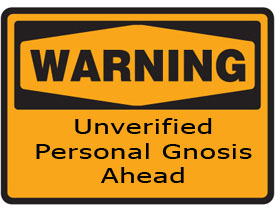 Warning! Personal Unverified Gnosis Ahead!
Warning! Personal Unverified Gnosis Ahead!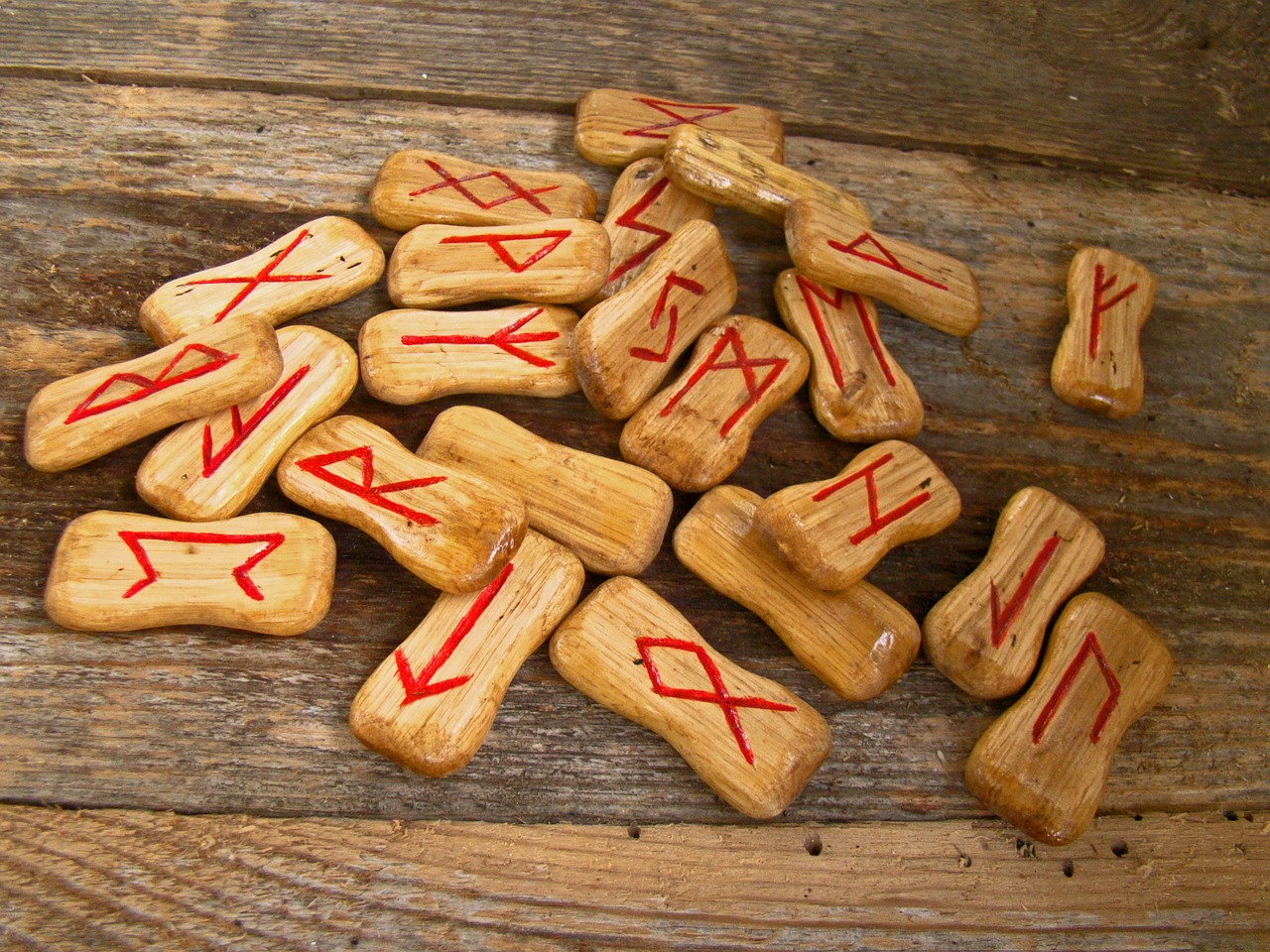
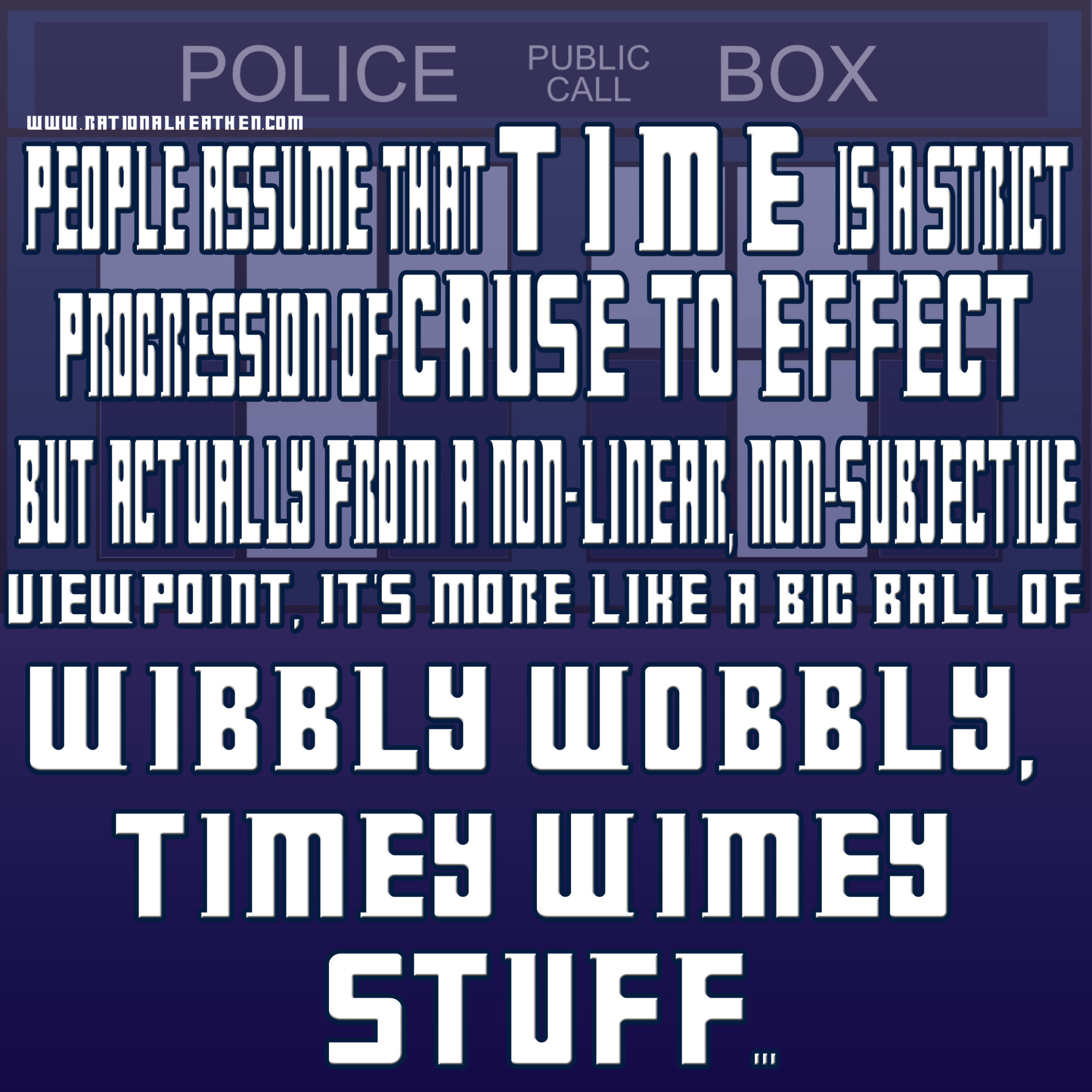 If you’ve read
If you’ve read 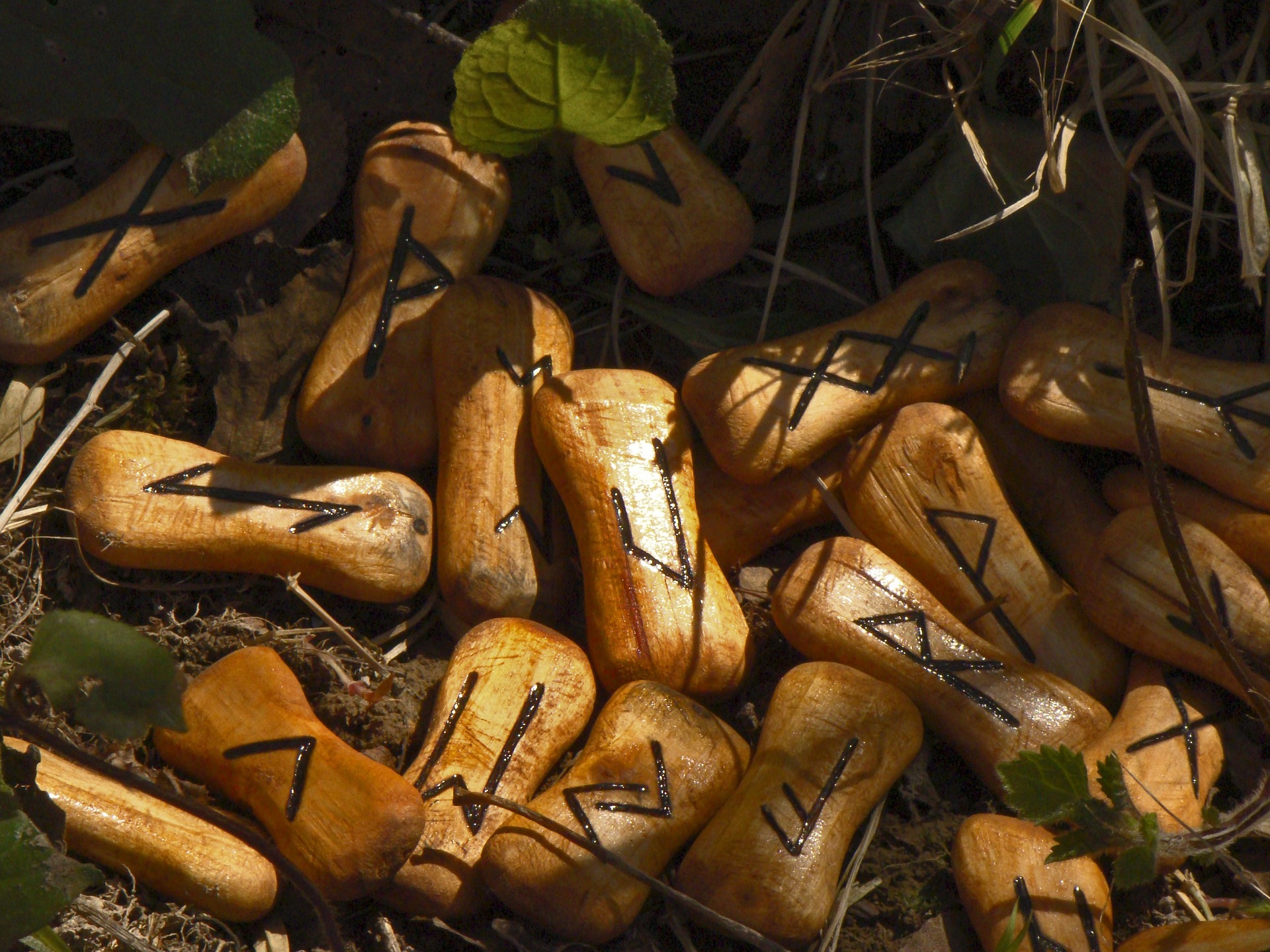 first edition somewhere, assuming it didn’t get lost in moving. Whether or not you think Blum’s book is a bunch of crap, you have to admit that it was and still is quite popular. I did some pretty successful runecasts with it, despite its faults.
first edition somewhere, assuming it didn’t get lost in moving. Whether or not you think Blum’s book is a bunch of crap, you have to admit that it was and still is quite popular. I did some pretty successful runecasts with it, despite its faults.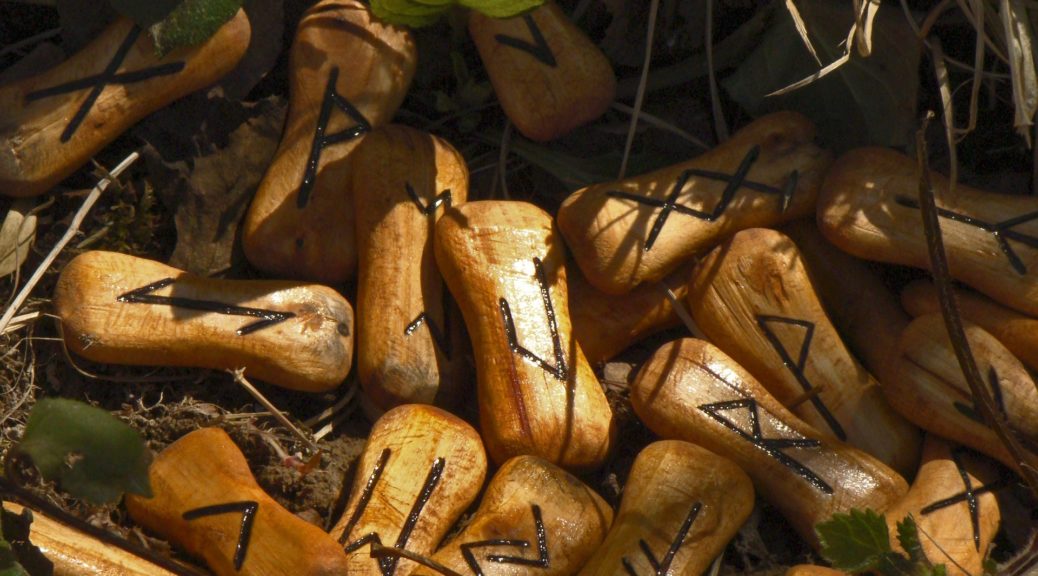
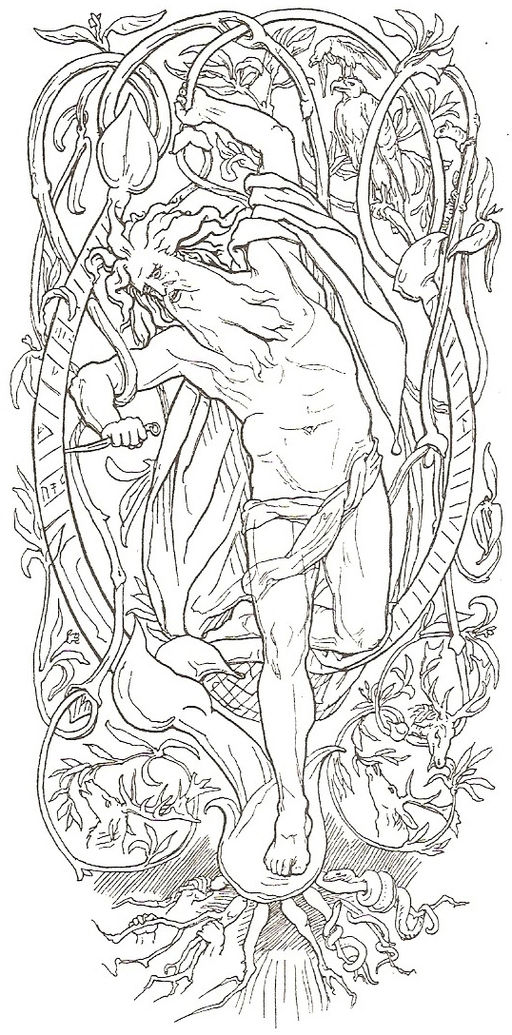

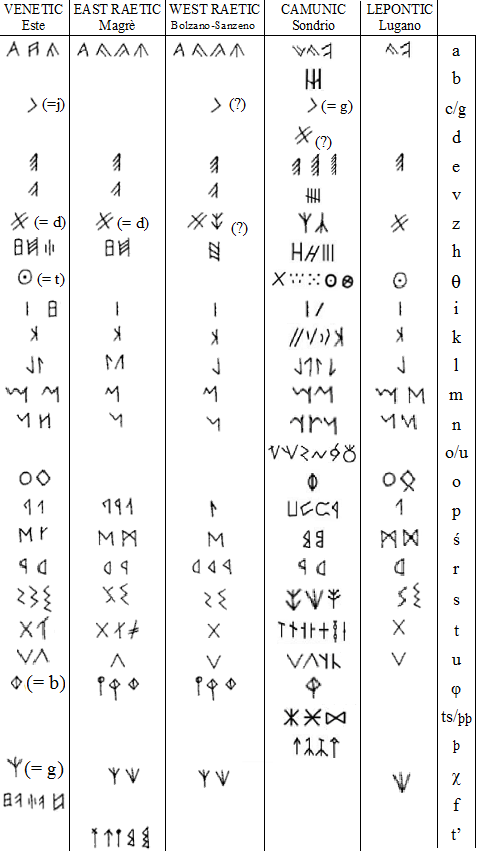 If we look at the runic alphabet from archaeology, we can get a sense for where the runes came from. Even so, it’s sort of a mystery how the runes came into being. We know that the oldest runes, the Elder Futhark, were written as early as 150 AD or CE (Common Era). But whence they came is as interesting as the story in the Havamal. Runes may have be derived from what are called the Old Italic Alphabets, which includes the
If we look at the runic alphabet from archaeology, we can get a sense for where the runes came from. Even so, it’s sort of a mystery how the runes came into being. We know that the oldest runes, the Elder Futhark, were written as early as 150 AD or CE (Common Era). But whence they came is as interesting as the story in the Havamal. Runes may have be derived from what are called the Old Italic Alphabets, which includes the 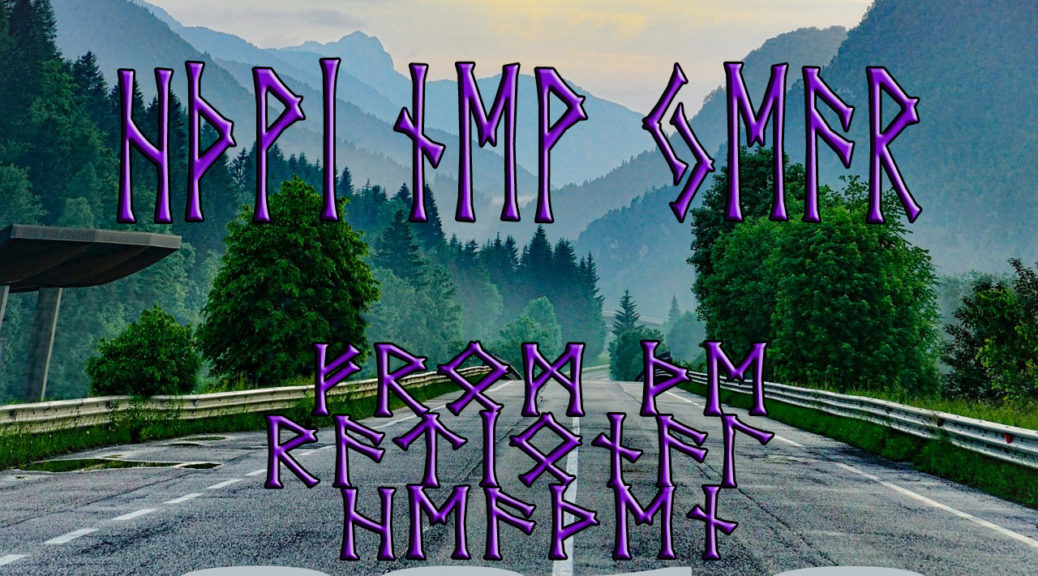


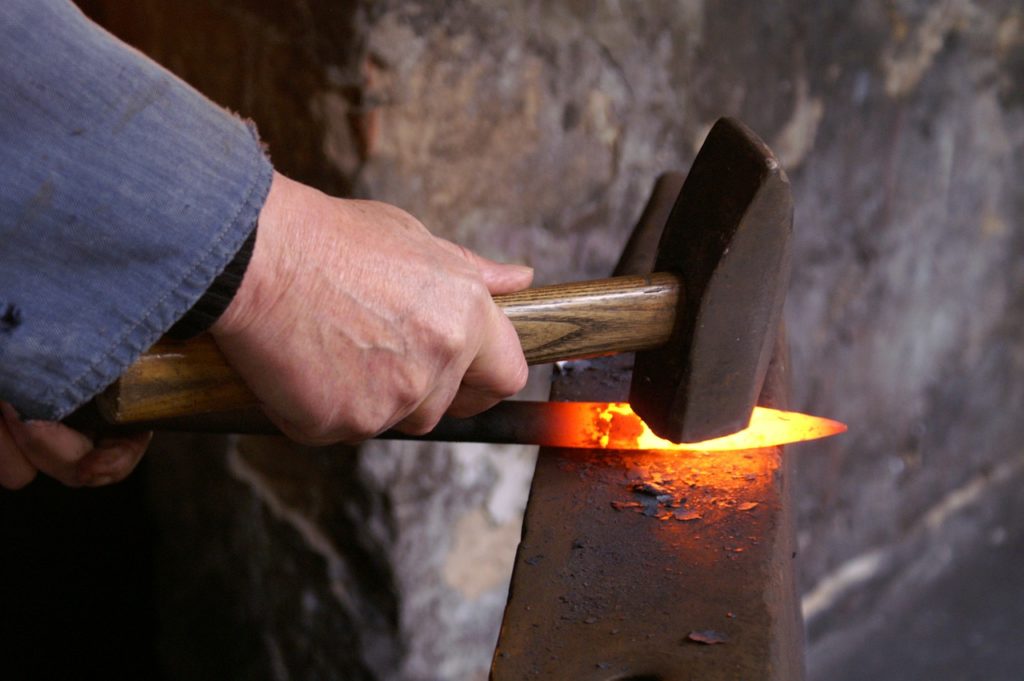



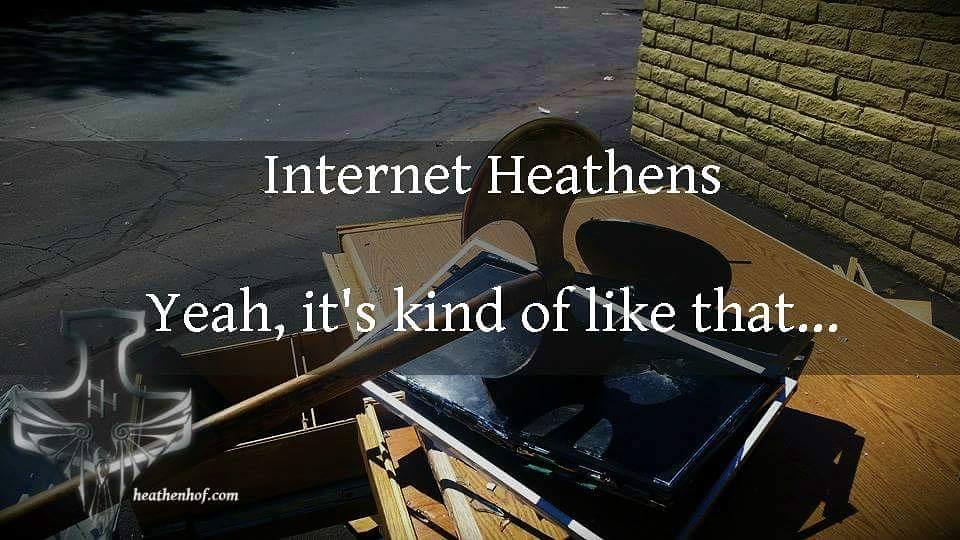
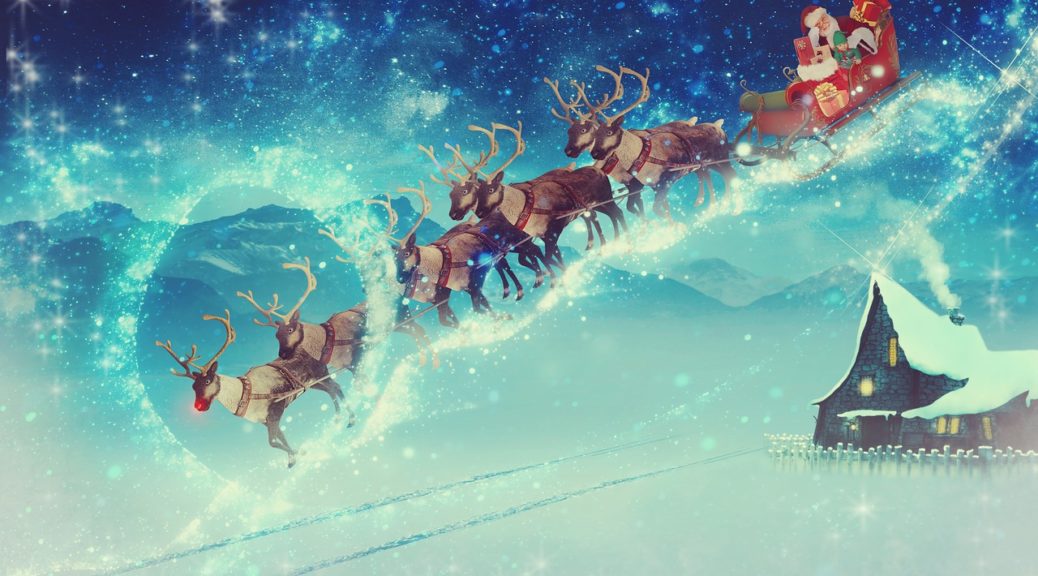

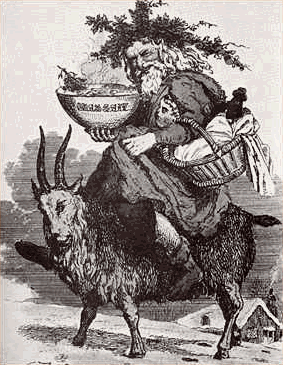
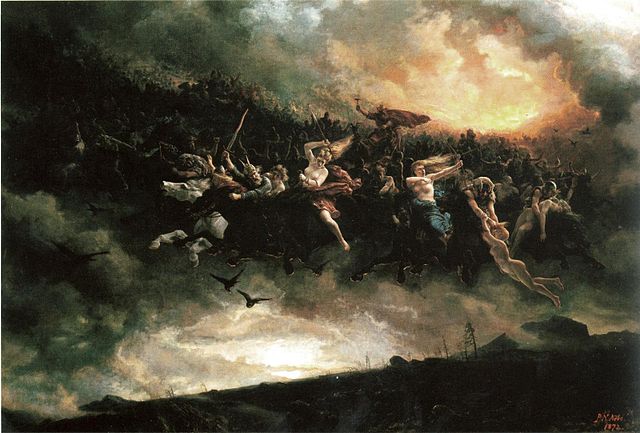
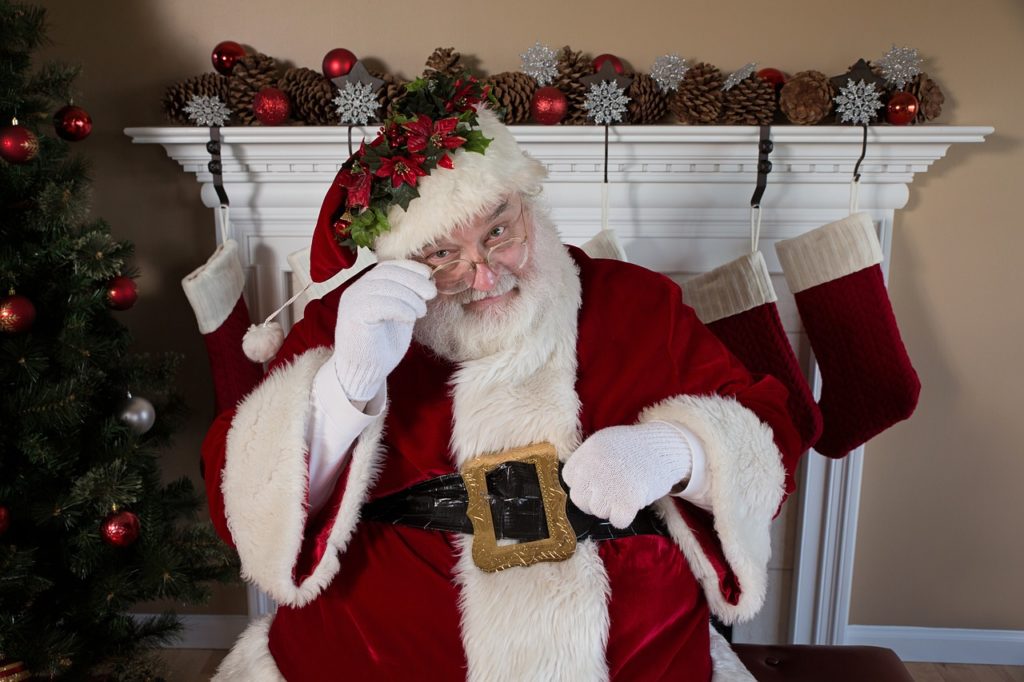
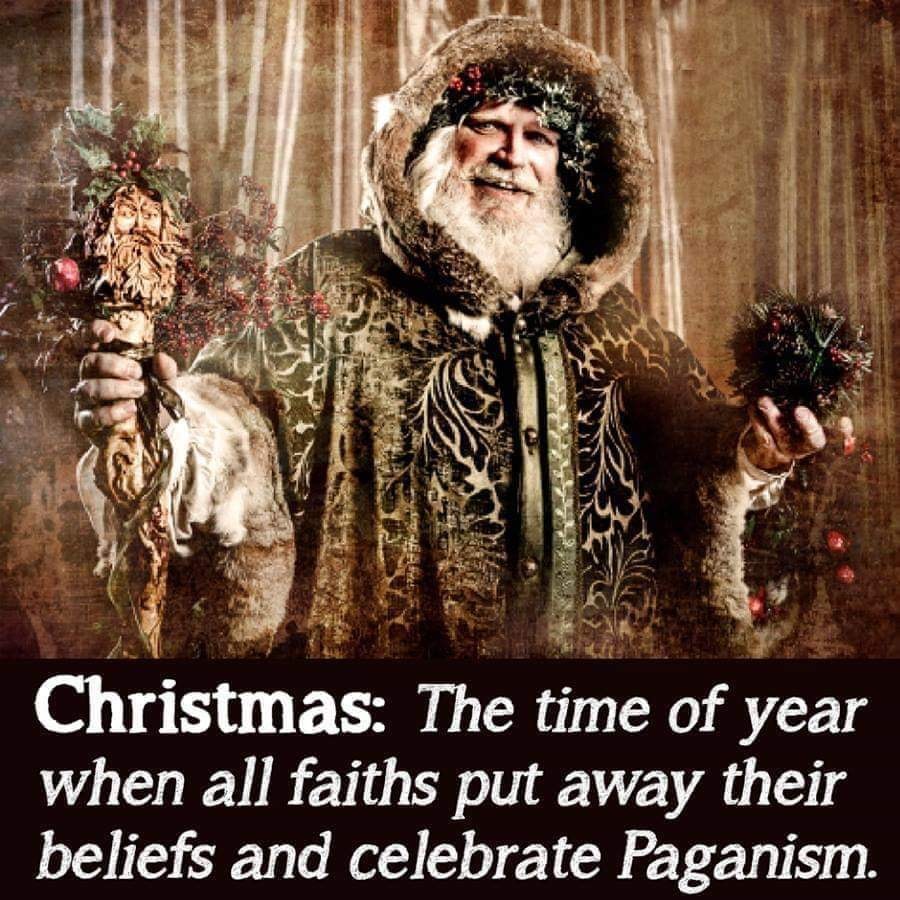
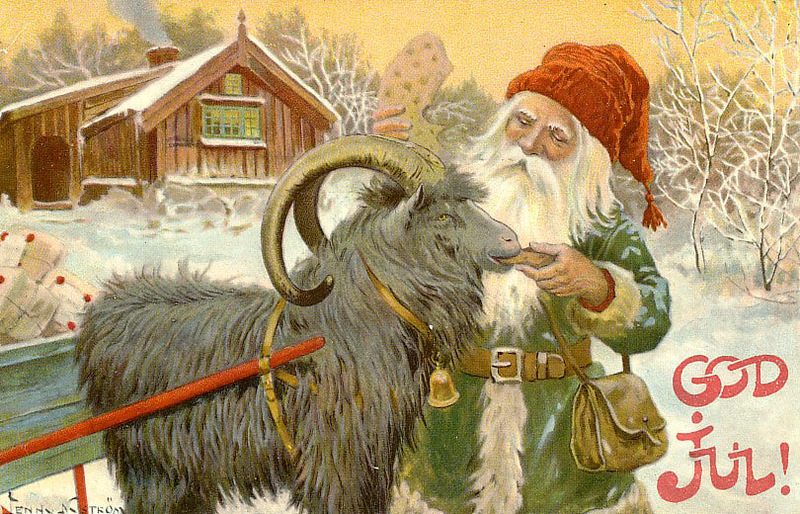

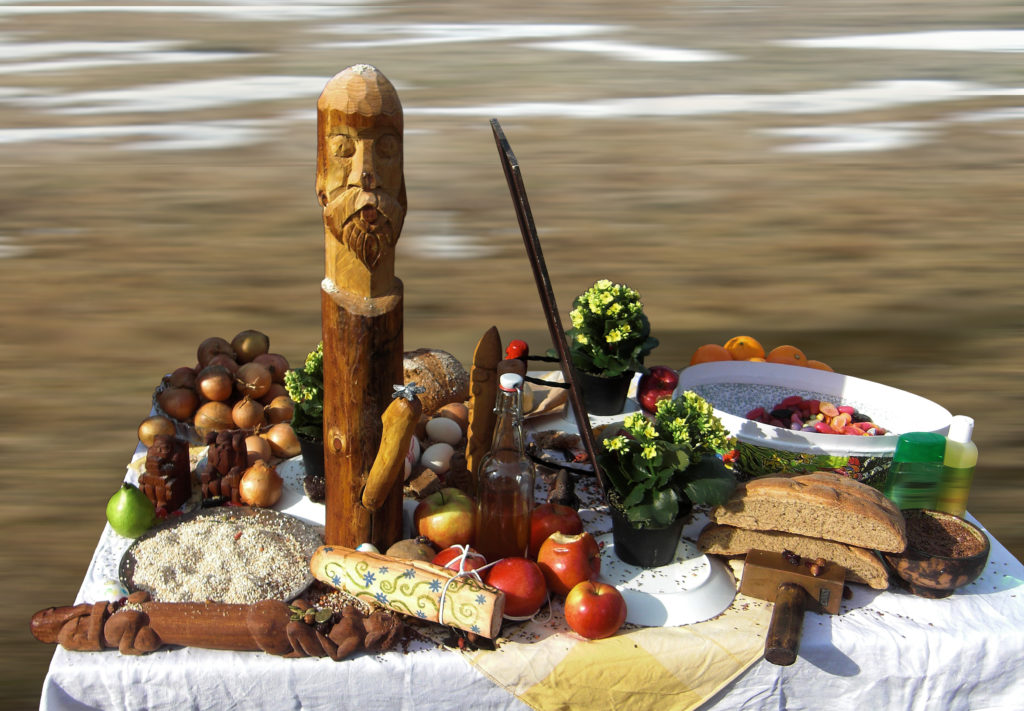



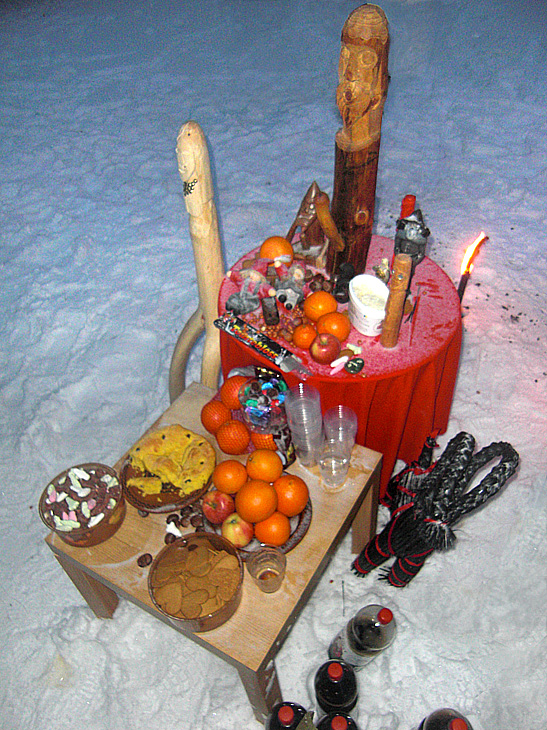
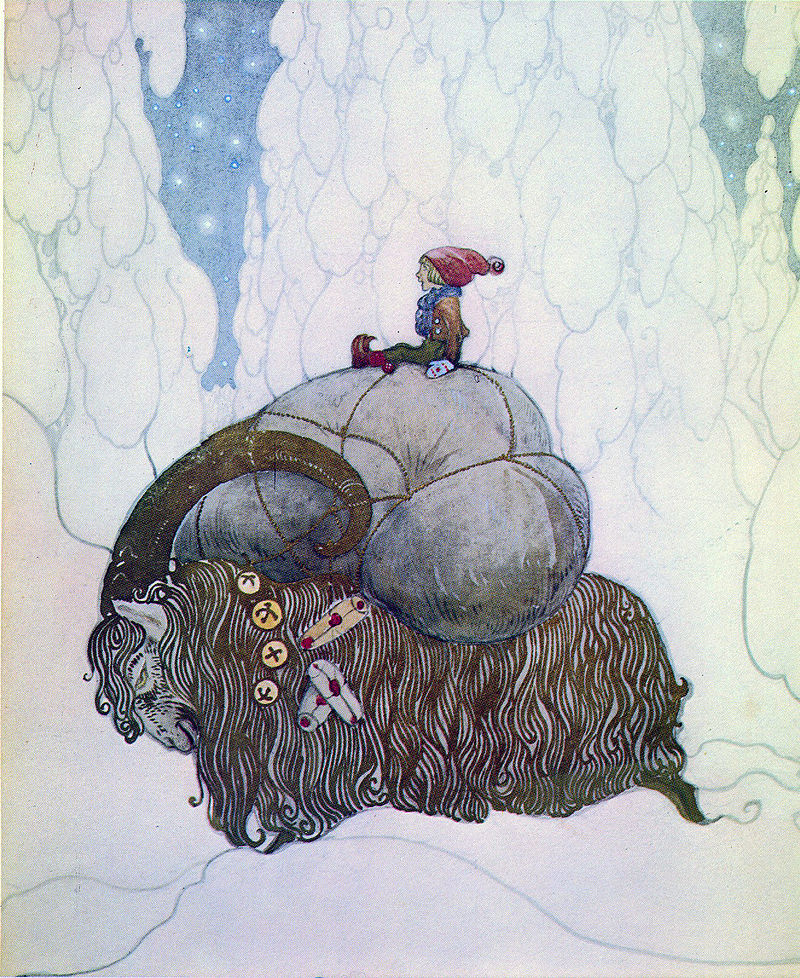
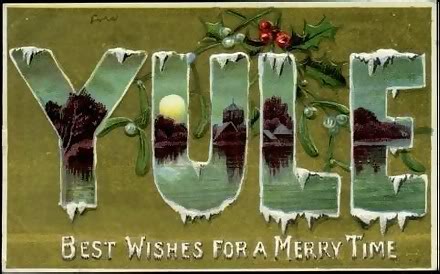 Hunting season has drawn to a close, which means
Hunting season has drawn to a close, which means  Prayer and offerings are part of our beliefs, and yet, it can look strange to those outside of our religion. It’s not that I’m ashamed of my beliefs, it’s just that my husband doesn’t understand or believe in them. Looking at it from an atheist perspective, I get it. It looks like a bunch of woo-woo to him and it can look like I’ve lost my marbles. (Maybe I have?) But I do get it. Not everyone is going to look on our religion positively, which is why I’m presenting a more secular Yule to my family and not pushing my religion on those who aren’t interested in it.
Prayer and offerings are part of our beliefs, and yet, it can look strange to those outside of our religion. It’s not that I’m ashamed of my beliefs, it’s just that my husband doesn’t understand or believe in them. Looking at it from an atheist perspective, I get it. It looks like a bunch of woo-woo to him and it can look like I’ve lost my marbles. (Maybe I have?) But I do get it. Not everyone is going to look on our religion positively, which is why I’m presenting a more secular Yule to my family and not pushing my religion on those who aren’t interested in it. and desserts to prepare for the upcoming Yule. I’ll also be offering my female ancestors gifts on my altar. When cooking, I often go into meditation and focus on my ancestors. Sometimes, I’ll hear the ones who were closest to me in my mind. It is a day to honor them, so I do things that they would appreciate. Usually involves holiday preparations.
and desserts to prepare for the upcoming Yule. I’ll also be offering my female ancestors gifts on my altar. When cooking, I often go into meditation and focus on my ancestors. Sometimes, I’ll hear the ones who were closest to me in my mind. It is a day to honor them, so I do things that they would appreciate. Usually involves holiday preparations. This is a big day for me. I will designate a Yule log to burn in my woodstove. If I can find good twine, I may make it prettier with pine boughs and pine cones. I will put together a venison roast for dinner and we will crack open a mead to celebrate. I may try my hand at making a yule log cake. In the late evening, I will hold a blot outside for the gods. I will also leave gifts to Sunna, Mani, Baldr, Loki, Tyr, and Skadi on my altar. I may gather the ashes from the Yule log later to smudge the corners of the house for protection. I will read the runes for the Solstice to get a feel as to what is to come for the new year.
This is a big day for me. I will designate a Yule log to burn in my woodstove. If I can find good twine, I may make it prettier with pine boughs and pine cones. I will put together a venison roast for dinner and we will crack open a mead to celebrate. I may try my hand at making a yule log cake. In the late evening, I will hold a blot outside for the gods. I will also leave gifts to Sunna, Mani, Baldr, Loki, Tyr, and Skadi on my altar. I may gather the ashes from the Yule log later to smudge the corners of the house for protection. I will read the runes for the Solstice to get a feel as to what is to come for the new year.
 freezer, so we’ll have a traditional Dickens type of dinner.
freezer, so we’ll have a traditional Dickens type of dinner.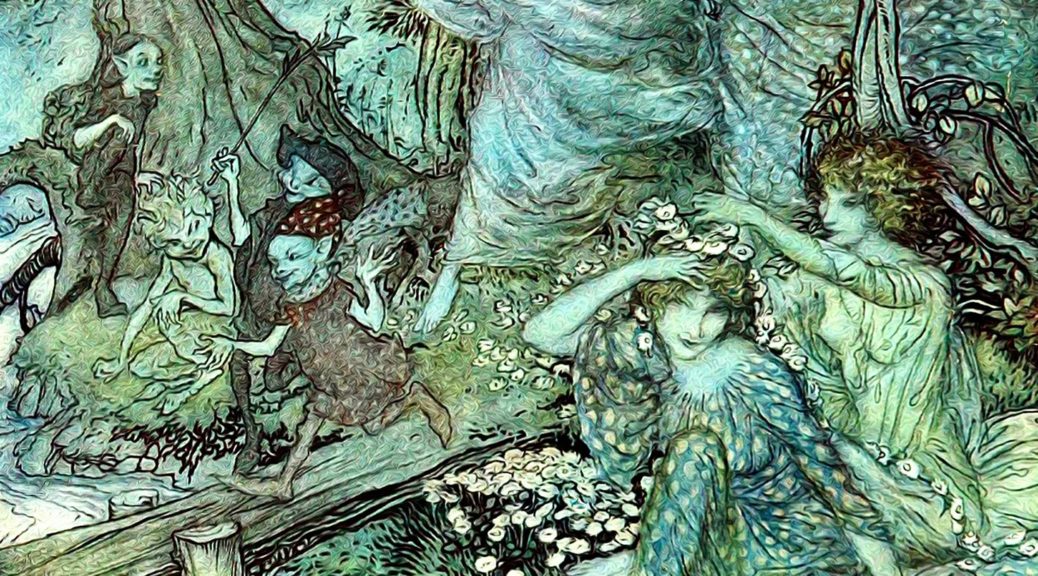
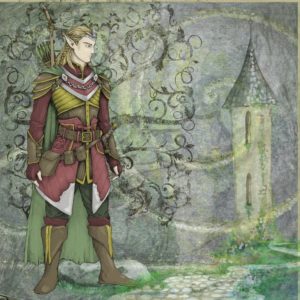 Historians used to look at folk tales and fairy tales as cute stories to tell children, but in light of current evidence, maybe they were true. I’m talking about other races like the Elves and Wights whom we show our respect. Maybe there is a collective unconscious like Jung proposed. Perhaps we’re remembering other races through the passage of time? Stick with me on this, and maybe I can offer a scientific and rational explanation for our stories.
Historians used to look at folk tales and fairy tales as cute stories to tell children, but in light of current evidence, maybe they were true. I’m talking about other races like the Elves and Wights whom we show our respect. Maybe there is a collective unconscious like Jung proposed. Perhaps we’re remembering other races through the passage of time? Stick with me on this, and maybe I can offer a scientific and rational explanation for our stories. What Races Coexisted with Homo Sapiens?
What Races Coexisted with Homo Sapiens?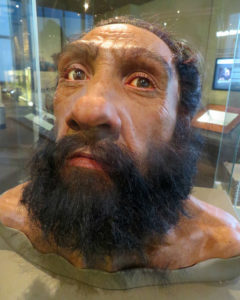 amongst the two species
amongst the two species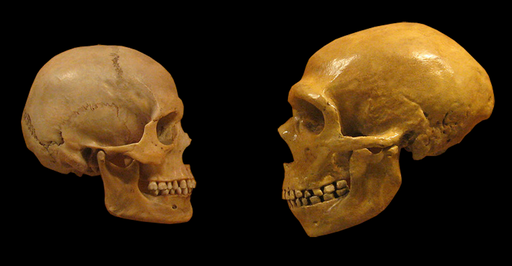 The Neanderthals were heavier set and tended to hunt close up against some pretty dangerous prey, like mammoths. That meant that they suffered some pretty serious injuries. Their heavier bodies, bigger chests, and large noses gave them the ability to live in colder climates. They had adapted to their environment successfully, which probably put our Homo sapiens ancestors in awe. Homo sapiens had evolved in hotter climates, making the colder climates our ancestors entered a real challenge in a lot of ways.
The Neanderthals were heavier set and tended to hunt close up against some pretty dangerous prey, like mammoths. That meant that they suffered some pretty serious injuries. Their heavier bodies, bigger chests, and large noses gave them the ability to live in colder climates. They had adapted to their environment successfully, which probably put our Homo sapiens ancestors in awe. Homo sapiens had evolved in hotter climates, making the colder climates our ancestors entered a real challenge in a lot of ways.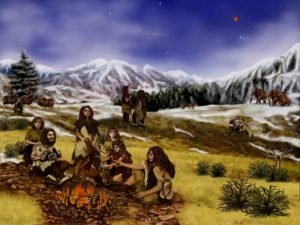
 humans bred with them and that
humans bred with them and that  with their own progeny, hoping to fool humans. It’s believed that these changeling stories are in existence to explain birth defects and
with their own progeny, hoping to fool humans. It’s believed that these changeling stories are in existence to explain birth defects and 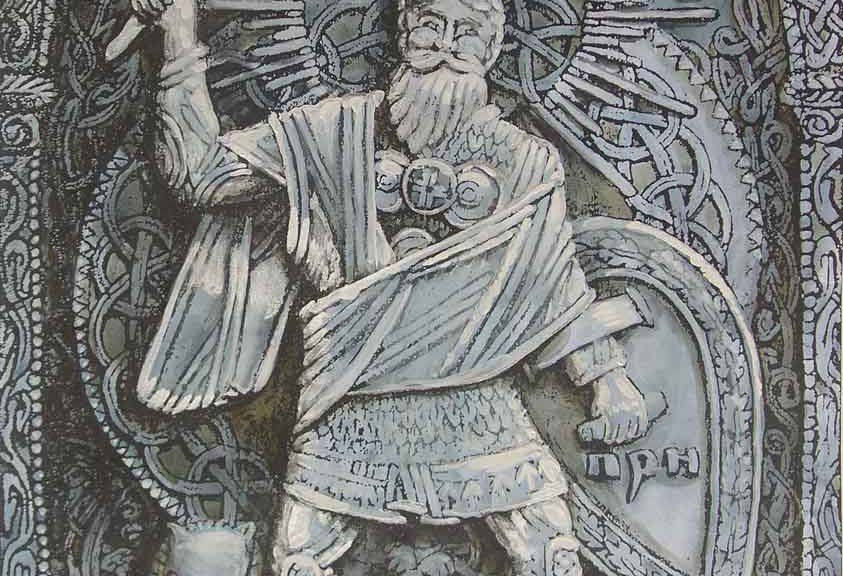
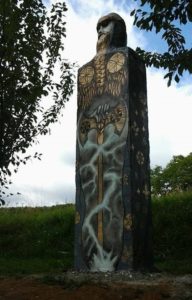 I think I have another god I need to consider. Skadi, Tyr, Loki, Freyja, Freyr, Frau Holle, Odin, and yes, Thor, are all gods and goddesses have had my attention for some time. But recently, there’s been a shift and I’m starting to learn more about Perun, the Slavic god of Thunder. And oddly, he feels more familiar to me than Thor.
I think I have another god I need to consider. Skadi, Tyr, Loki, Freyja, Freyr, Frau Holle, Odin, and yes, Thor, are all gods and goddesses have had my attention for some time. But recently, there’s been a shift and I’m starting to learn more about Perun, the Slavic god of Thunder. And oddly, he feels more familiar to me than Thor. On first blush, Perun is a lot like Thor. He wields an axe or a hammer; a goat pulls his chariot. His hammer or axe returns to him after he has thrown it. He wields lightning and thunder. His beard is copper and he is incredibly strong. Like the Norse and Germanic gods, the Slavs look at the universe as a World Tree. At the roots is a dragon or serpent which Perun will fight.
On first blush, Perun is a lot like Thor. He wields an axe or a hammer; a goat pulls his chariot. His hammer or axe returns to him after he has thrown it. He wields lightning and thunder. His beard is copper and he is incredibly strong. Like the Norse and Germanic gods, the Slavs look at the universe as a World Tree. At the roots is a dragon or serpent which Perun will fight.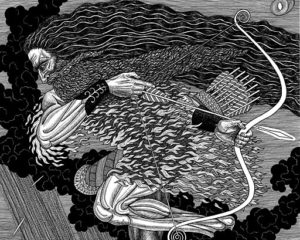 steals Perun’s cattle, children, or wife in an effort to provoke him. The story goes that Veles hides from Perun and when Perun sees Veles, he throws a thunderbolt. Only Veles escapes. Hence the reason lightning strikes seemingly harmless places.
steals Perun’s cattle, children, or wife in an effort to provoke him. The story goes that Veles hides from Perun and when Perun sees Veles, he throws a thunderbolt. Only Veles escapes. Hence the reason lightning strikes seemingly harmless places.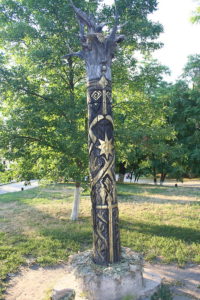 The
The